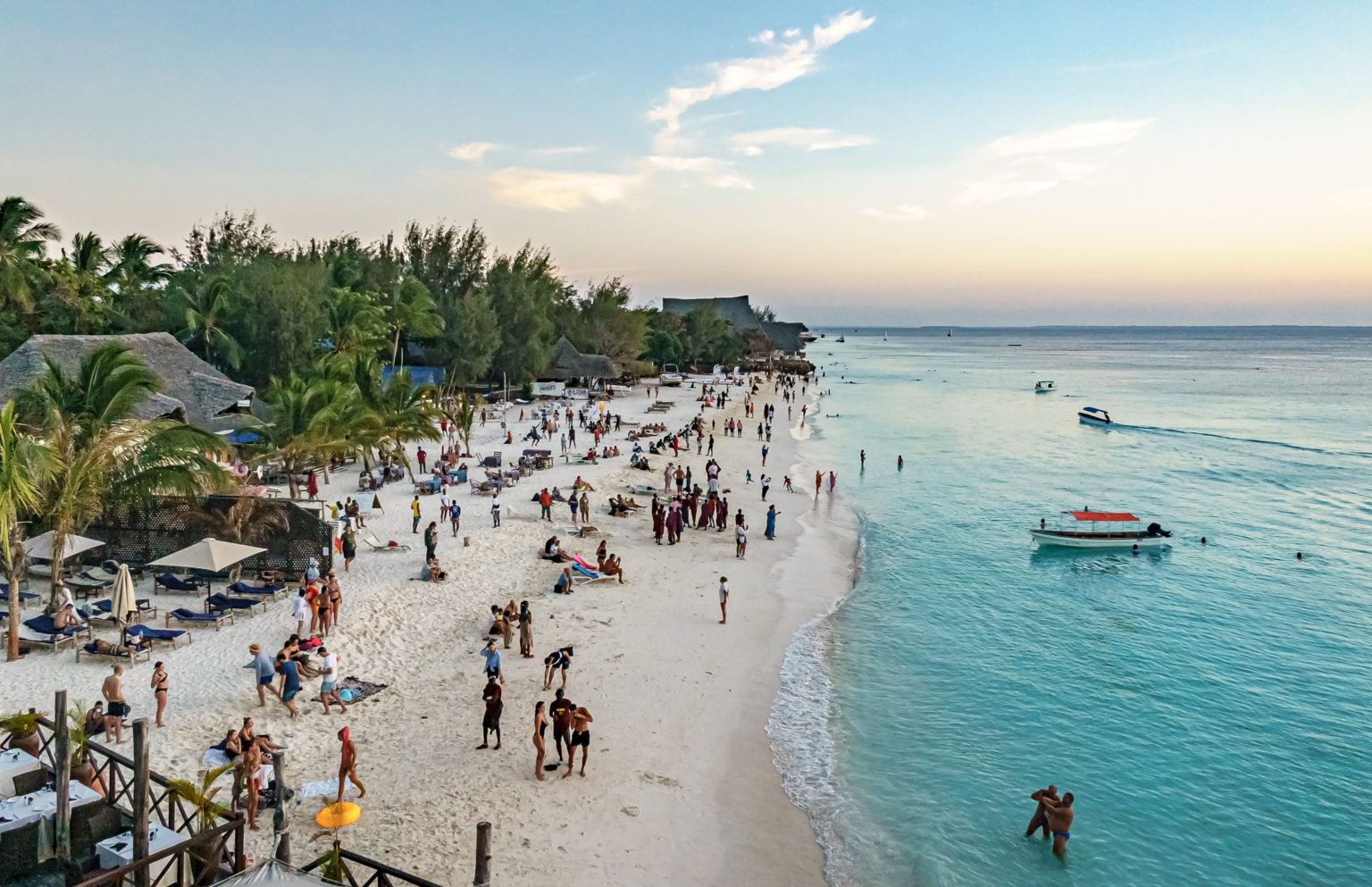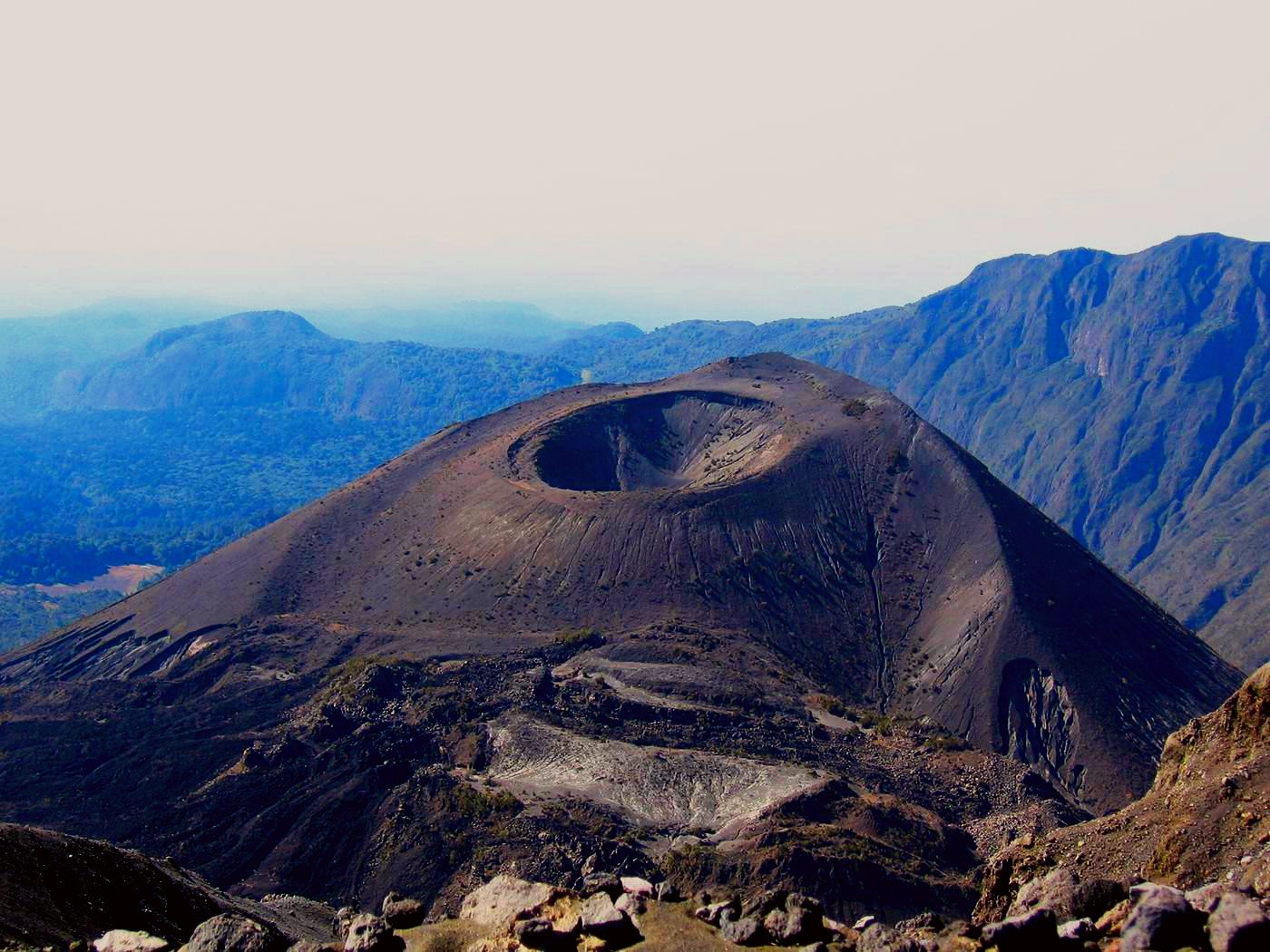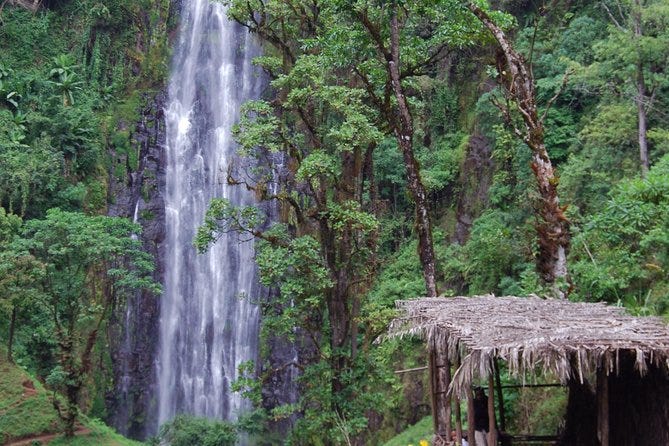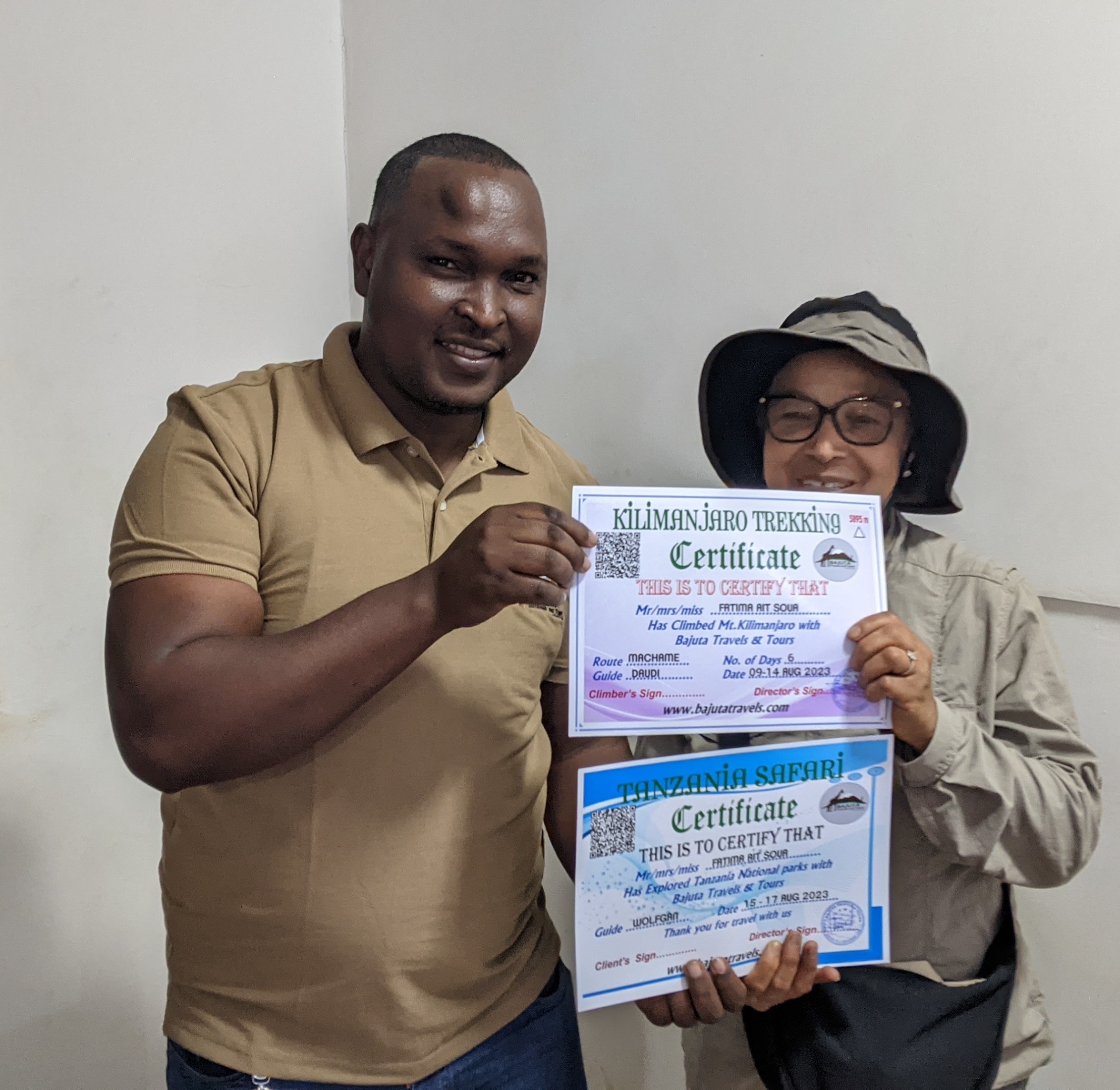WHAT IS THE BEST TIME FOR HIKING KILIMANJARO ?
It is possible to hike Kilimanjaro year round, however it is best to go when there is a lower possibility of precipitation. The dry seasons are from the beginning of December through the beginning of March, and then from late June through the end of October. These are considered to be the best months to go in terms of weather, and correspondingly are the busiest times (high season).
The primary issue is safety, as the risks associated with climbing increase significantly when the weather is foul. The effects of rain, mud, snow, ice and cold can be very strenuous on the body. Conversely, with nice weather, your chances of a successful summit increases significantly.
🌤️Short Dry Season (December, January, February, Mid March)
This season is a great time to climb Kilimanjaro, boasting moderate temperatures and the low precipitation levels. These are the warmest months, with excellent visibility. Expect generally clear skies in the mornings and evenings, but during the day, clouds may appear along with brief showers.
December and January are busy months on the mountain, particularly around Christmas and New Years. January and February offer the clearest conditions. March is a transitional month, or shoulder season, where conditions typically change from dry to wet in the middle of the month.
🌧️Long Rainy Season (Late March, April, May, Mid June)
Late March sees the beginning of the rainy season, with conditions becoming increasingly wet. This period is regarded as the worst time to climb Kilimanjaro. Climbing during these months is generally not advised. While experienced backpackers who have trekked in similar conditions may be OK, others should avoid being on the mountain at this time. It can be very wet, with slippery trails, low visibility and heavy clouds.
This is low season; the trails are completely devoid of people during these months.
🌤️Long Dry Season (Late June, July, August, September, October)
This period is considered to be the best time to climb Kilimanjaro. The probability of rain is minimal, skies are mostly clear, and the visibility is unparalleled. The mountain is generally a bit colder, but also drier, which is the most important weather factor.
This is the peak climbing season, coinciding with summer vacations for those living in the USA and Europe. Expect to encounter foot traffic on the trails and crowds at popular campsites.
June is a transitional month, where conditions typically change from wet to dry at the end of the month. July through October are ideal months for climbing. July and August are the busiest months on the mountain, with the crowds thinning in September and even moreso in October.
🌧️Short Rainy Season (November)
November weather can be unpredictable as the short rains make their appearance. Afternoon rains are common, but skies are generally clear in mornings and evenings. Despite the rain, this is not a terrible time to visit as precipitation tends to be mild and there are very few groups on the mountain at this time. If you care more about a solitary experience than having perfectly dry conditions, climbing in November is a good option.





